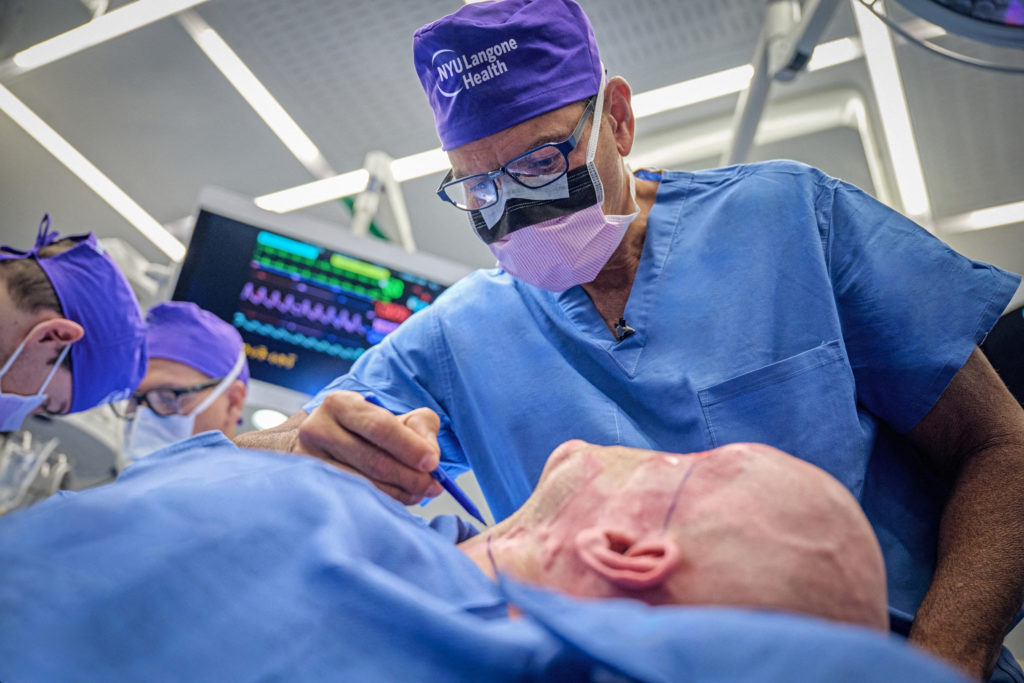One Year Post-Transplant, Aaron James Experiences No Rejection but Vision Remains Impaired
In May 2023, Aaron James made medical history as the first person to undergo a partial face transplant that included an eye. This groundbreaking procedure was conducted at New York University Langone Health and aimed to restore not just the appearance of his face but also to integrate a functional eye into the transplant. Now, a year later, medical professionals have reported encouraging results, revealing that there are no signs of rejection in the transplanted tissues. Blood flow to the eye is functioning well, which is crucial for any future possibilities of restoring vision.
While the absence of rejection is a significant milestone, James faces ongoing challenges. Despite the successful integration of the transplanted eye, he remains unable to see from it. The primary issue lies in the nerve connections to the brain, which have not regenerated. This regeneration is essential for visual function, as the optic nerve is responsible for transmitting visual information from the eye to the brain. The transplant team, which published their findings on September 9 in the Journal of the American Medical Association, emphasized that while tests have shown a slight response to light, this does not necessarily suggest that vision recovery is possible.
One of the noteworthy findings from James’s case is that he does not have sensation on the surface of the eye, and his eyelid remains closed. This lack of sensation raises concerns about the overall health and functionality of the transplanted eye, as feeling is often critical for maintaining ocular health. Despite these complications, the sustained blood flow to the eye is viewed as a major success, indicating that the body is accepting the transplanted tissue.

James’s journey does not end here; he will need to adhere to a strict regimen of immunosuppressive medication for the rest of his life. This medication is vital for preventing any potential rejection of the transplanted tissues, a common risk in transplant surgeries. While the medications can help protect the transplant, they also come with side effects and increase the risk of infections and other complications.
As the field of transplantation continues to evolve, James’s case represents a significant advancement in surgical techniques and the potential for future face and eye transplants. However, it also highlights the complexities and challenges that remain, particularly concerning nerve regeneration and the restoration of sensory functions.
In summary, while Aaron James’s partial face transplant is a remarkable achievement in medical science, it underscores the ongoing challenges in integrating complex biological systems. The future of transplantation will depend on advancements in both surgical techniques and understanding the intricate processes involved in nerve healing and sensory recovery.


















